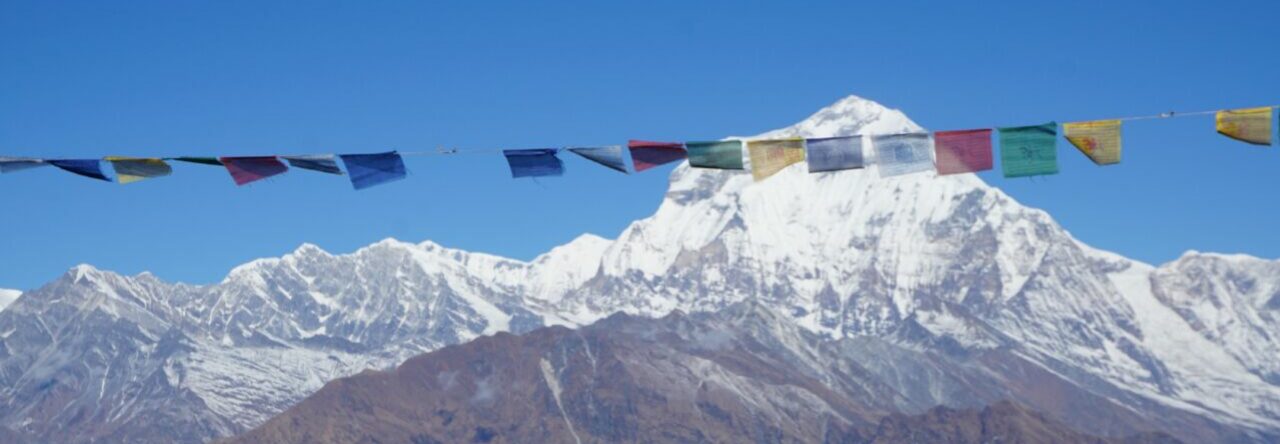I trust that you all will continue to indulge me in my attempts to fill the spaces in my journey. Internet cafes are few and far between, and they are not working terribly well. Not to be cynical…just realistic. It ain’t like home, as they say.
The peaceful atmosphere of Gokarna returned for a couple of days after the black-clad young male pilgrims left, but they are back, today, in full force…hundreds of them arriving in identical cars, horns honking, arms waving from windows, and happily shouting as they rush to the ocean and stand in the water. But that’s not what it’s about. This is the first Hindu festival of the new year, Sankranti, and they are here to visit one of the holiest sites, the Mahabaleshwar temple. I also found out that the pilgrims give sweets to elders, neighbors, and friends, saying that we should all be kind (sweet) to each other. Then these people give blessings in return. How come nobody has approached me? Oops, a young man just handed me a package of sweets.
So, since the streets are jam-packed and nobody is moving, this seems like a perfect time to recreate the loving and giving spirit of the three weeks I spent in Dharamsala, Suja, Bir, and Rewalsar (Pso Pema).
Cary and I bid farewell to Martha on December 10, 2010, and boarded a less than optimum second class sleeper to Patankot, which is a three hour taxi ride from Dharamsala. On the 12th we arrived in hilly McLeod Ganj, upper Dharamsala, and viewed the snowy peaks of the Dhauladhar Hills rising in the distance. I felt as if I were coming home. This is the site of the Namgyal Temple and the Tibetan community in exile, as well as the home of the 14th Dalai Lama (when he’s not traveling). It has been four years since I experienced His Holiness’s lectures on Buddhism at this temple.
We stopped on Temple Rd., at the bottom of our street, and started the long, steep hike to the Kongpo House, settling into the same room we had had at the end of our 2007 trip. Immediately, we went to our favorite coffee house, The Ten Yang Café, had a superb cappuccino, poached eggs, Spanish omelet, and real homemade wheat toast (our first and only in India). The café had been redecorated to make space for more tables, so the eggs were cooked at a new sister café two doors up, and served to us at the Ten Yang. It was a riot! We finally decided to go directly to the source and use the new café. The eggs were definitely warmer.
The town looked pretty much the same and we walked around greeting several merchants who still remembered me as a tough bargainer—especially Bilal Ahmed Gunna, who sells high quality Kashmiri carpets, wall hangings, jewelry, and shawls. The shop has a perfect name, Paradise Arts.
Thus started a whirlwind three weeks, reconnecting with old friends, meeting new ones, and visiting sponsored students in two TCV (Tibetan Children’s Village) schools. This first stay in McLeod Ganj was short, however, because we had to be in Suja to see our students before they left on winter break. We had time, however, to look up an old friend, Terry Rollins, whom I’d met on the Kangchenjunga trek in 1996. He had been teaching English at Tibetan Charity for three months with several other western volunteers. We all ate and reminisced together at a favorite restaurant, The Chonor House, not to be missed for tasteful décor and good food.
The ride to Suja, a neat little farming village near Bir, and where the TCV school is located, was through lush forests and over winding roads. This school is where the students are placed who have just escaped from Tibet by crossing over Himalayas to the Nepalese border (an arduous and harrowing journey). The facility is large and laid out artistically, consisting of small houses (family style), basic dormitories with bunk beds, a kitchen, a family room, and a large patio rimmed with flowers and shrubs. The children do the chores and help with the chopping and cleaning of vegetables. Every “home” has a housemother or adult in charge. This year new solar panels and water filters have been installed on the roofs. This kind of living arrangement encourages a feeling of family, and is so important to the children, many of whom have lost their parents or may never see them, again. The older children seem protective of the younger ones, and help them with their studies, which for many start early in the morning. These children are so motivated to succeed, knowing the sacrifice their parents have made for their education, that they voluntarily get up before dawn, go outside in the cold, and can be heard reciting their lessons…loudly. I know, since they wake me up!
There are about 1500 students at Suja, ranging in age from about 5 to 18 years of age. The classes are run according to proficiency in a subject, rather than age. There used to be over 2000 youngsters, but the number has dropped due to the tighter restrictions instituted by the Chinese, in league with the border personnel in Nepal. Some of the children arrive speaking Chinese, which is the only language allowed, now, in the schools in Tibet. Other children have no schooling, since their families, especially the nomads, cannot afford the fees. Can you imagine arriving in a new country and having to learn to speak, read, and write not only your own language and the one you presently speak, but also English? These children are amazing!
Parents send their children to the TCV schools, started by the Dalai Lama’s sister, Tsering Dolma (who passed away in 1964), because they want them to know their own culture and religion, which is being systematically destroyed by the Chinese. It’s a heart-breaking situation, but it also has produced a group of dedicated, educated young people determined to work for a better world and the eventual freedom of their people.
Cary tracks more than 20 students for whom she has gotten sponsors in the U. S. Every year she visits these children, some of whom have graduated and are now in college. I am amazed at their progress in English (a requirement from kindergarten on), their dedication, and their goals. I am also impressed with the teachers, many of whom came up through the system as refugees, themselves, and are willing to work for small salaries to give back to others what they, themselves, have gotten.
The motto of the school—Others Before Self—sets the tone of personal responsibility and the Buddhist tenants of love and compassion.
The Tibetans and their families, with whom we spent time, are very upbeat, happy people. They have endured great hardships and are grateful for the haven provided by the Indian government. Nobody we visited had central heating, including the room where we stayed. We enjoyed reading our digital thermometer every morning, finding that the typical outside temperature ranged from 49 to 54 degrees (I know, it’s nothing like New Jersey right now). This was true morning and evening, but midday was warm. The secret was to wear layers. Hey, traveling makes you hardy! No more complaints when the furnace goes on the fritz for a day!


Jon Pollack
It all sounds like a wonderful time. I will look forward to seeing all the pictures and hearing all the stories.
mona perdue
Enjoyed reading about your favorite places. Hope to read more posts of yours about Dharamsala.
tsema
dear mom,
just like a falling comet you came into my life with a hope…….that world is not that a bad place to live in at all, i have not forgot you and sis Cary..
i really appreciate it. love you mom…..
You are a god to people like us and without your presence there is no hope…
your son tsema